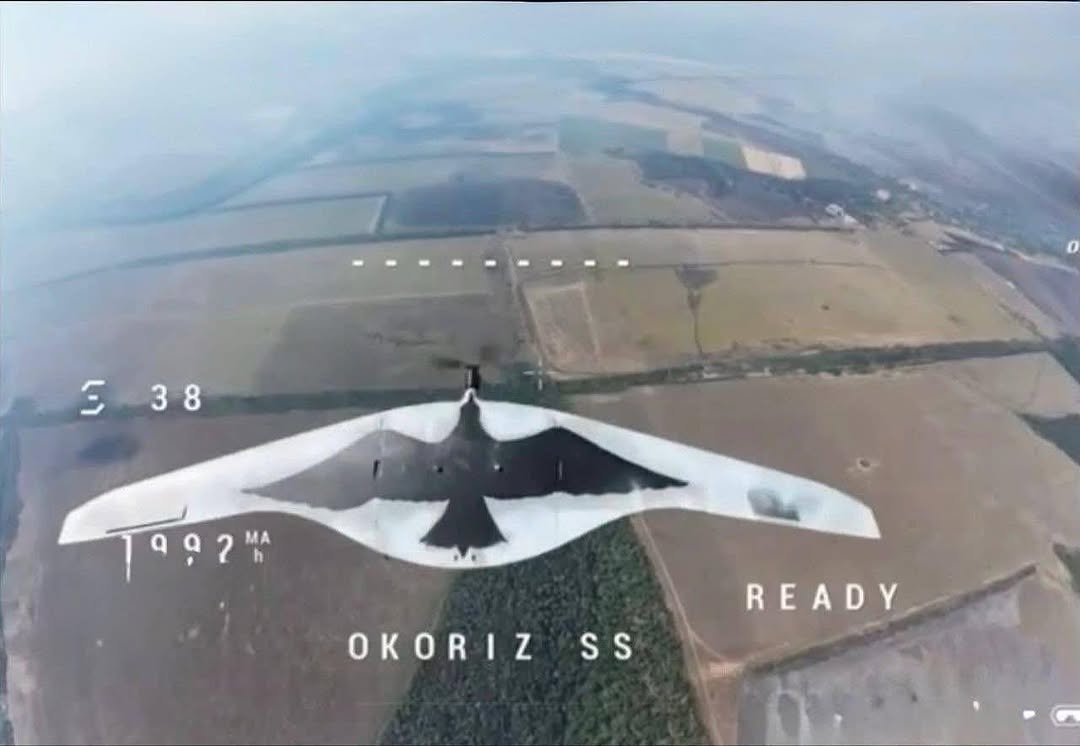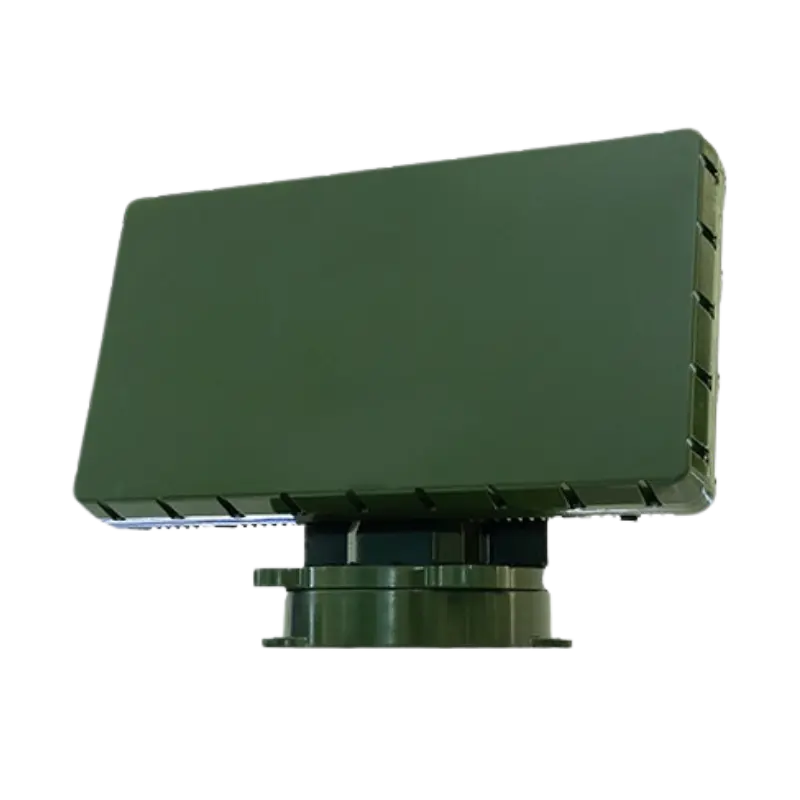According to TFI Global, On the dynamic battlefield of Ukraine, the technological arms race has taken a surprisingly low-tech turn. In a conflict defined by advanced artificial intelligence and sophisticated unmanned systems, a simple bird sticker has become a potent symbol of modern warfare’s ingenuity. Russian forces are now camouflaging their reconnaissance drones with these decals, a brilliantly simple ruse designed to fool Ukraine’s AI-powered interceptors into classifying them as harmless wildlife. Russia’s drone tactics exemplifies a broader strategy: blending brute-force production with clever, asymmetric deception to gain an edge in the skies.
The Bird Sticker Gambit: Exploiting the AI’s Blind Spot
Ukraine’s defense has heavily relied on deploying cost-effective, autonomous AI interceptor drones to counter the constant threat of Russian UAVs. These systems are programmed to detect, track, and neutralize hostile drones, and have been credited with thousands of successful interceptions. Their effectiveness, however, hinges on visual recognition algorithms.
Russia’s bird sticker tactic is a direct assault on this system. By altering the drone’s visual profile to mimic a bird—a common and non-threatening object in the AI’s training data—Russia aims to bypass these automated defenses. This form of electronic-visual deception complicates targeting protocols, allowing reconnaissance drones to slip through the net and complete their missions. It’s a classic cat-and-mouse game where a simple, physical modification is pitted against complex software, proving that in modern conflict, the most effective solution isn’t always the most technologically advanced.
The Engine of War: Russia’s Drone Tactics, Strategies and Industries
This tactical creativity is fueled by a massive surge in Russia’s domestic drone production. Since 2022, the Kremlin has orchestrated a state-supported industrial boom, with analysts noting a staggering 17% monthly increase in drone manufacturing by mid-2025. This effort extends far beyond traditional defense giants, incorporating hundreds of startups and regional enterprises from St. Petersburg to Siberia.
This decentralized model, known as “strategic depth,” makes Russia’s drone supply chain highly resilient. With billions allocated to developing everything from short-range scouts to long-range Geran-2 kamikaze drones (a domestic version of the Iranian Shahed), Russia’s objective is clear: to overwhelm Ukrainian defenses through sheer volume and relentless innovation. This industrial might allows them to sustain saturation attacks on both military and infrastructure targets, turning the war into a battle of attrition fought with unmanned systems.
A Global Axis of Adaptation: The China-Russia Connection
Russia’s war effort is not a solo venture. The technological and industrial cooperation between Russia and its allies, particularly China, has transformed the conflict into a global adaptation war. China’s role in Russia’s drone program is a critical enabler of Putin’s war machine, supplying an estimated 80% of the critical electronics used in Russian drones. This support extends to machine tools, gunpowder, and vital materials for missile production, allowing Russia to manufacture its Iskander-M ballistic missiles that terrorize Ukrainian cities.
This alliance forms part of a broader learning community that includes Iran and North Korea. These nations are actively sharing battlefield lessons, collaborating on technology, and developing methods to evade sanctions and spread misinformation. The war in Ukraine has become a live-fire training ground where the West’s adversaries are refining the tactics and technology they may one day use against the United States and its allies.
The conflict is no longer just about Russian hardware versus Ukrainian software. It’s a hybrid battle where industrial scale, low-tech trickery, and global alliances are reshaping the future of warfare. The simple bird sticker is a small but powerful reminder that victory may depend as much on clever deception as it does on technological superiority.
Ku Band Radar YFR-01 Pulse Doppler Scanning Drone Detection
Original price was: $9,299.$129,999
YFR-01 is a three-coordinate pulse doppler Ku band radar, it can be used for drone detection in airport, nuclear power plant and other key facilities.
The Next Move in the Duel — Countering Deception with Radar
The effectiveness of low-tech tricks like bird stickers exposes a critical vulnerability in relying solely on visual AI for defense. When an enemy adapts to fool a system’s eyes, the logical counter is to use a sensor that doesn’t need to see. This is where radar becomes an essential supplement and alternative for a robust anti-drone system.
Why Radar is Immune to Visual Camouflage
Unlike AI-powered cameras that analyze images, radar systems are agnostic to visual appearance. They operate by emitting electromagnetic waves and analyzing the reflections that bounce back from objects. A simple sticker cannot change an object’s fundamental physical properties, which is what radar detects.
Here’s how a radar-based system would defeat the bird sticker tactic:
Radar Cross-Section (RCS)
Every object has a unique signature in how it reflects radio waves. A drone, constructed from plastic, metal, carbon fiber, and electronic components, has a distinct and much stronger RCS than a bird, which is primarily organic tissue and bone. An advanced radar system can easily distinguish between these two signatures, regardless of what the drone looks like visually.Velocity and Trajectory Analysis
Radar excels at measuring an object’s speed and flight path with incredible precision. Drones typically fly at consistent speeds and in deliberate, often linear, trajectories. Birds, in contrast, have more erratic flight patterns—they flap their wings, glide on air currents, and change direction unpredictably. Doppler radar can instantly flag an object moving like a machine, not an animal.
The Power of Sensor Fusion: The Ultimate Countermeasure
While radar is a powerful tool on its own, the most resilient anti-drone strategy is sensor fusion. This approach doesn’t replace one technology with another; it integrates multiple sensor types into a single, intelligent network.
A fused system would work like this:
A wide-area radar detects a small, fast-moving object entering the airspace. Based on its speed and RCS, it is preliminarily classified as a potential UAV.
The radar automatically cues a long-range optical (camera) and thermal sensor to focus on the object’s precise coordinates.
The AI system, now alerted to a high-probability threat, can analyze the visual data with added context. Even if it sees a “bird,” the confirmation from radar that the object is moving at 90 km/h in a straight line toward a critical facility provides the necessary data to override the visual misclassification and confirm it as a threat.
This multi-layered approach creates a system that is far more than the sum of its parts. It forces the adversary to not only create a visual disguise but also one that can somehow mimic the radar signature and flight dynamics of a non-threat—a far more complex and likely impossible task. The ongoing technological duel in Ukraine’s skies proves that the future of defense lies in smart, integrated systems that can see, sense, and analyze threats across the entire electromagnetic spectrum.


